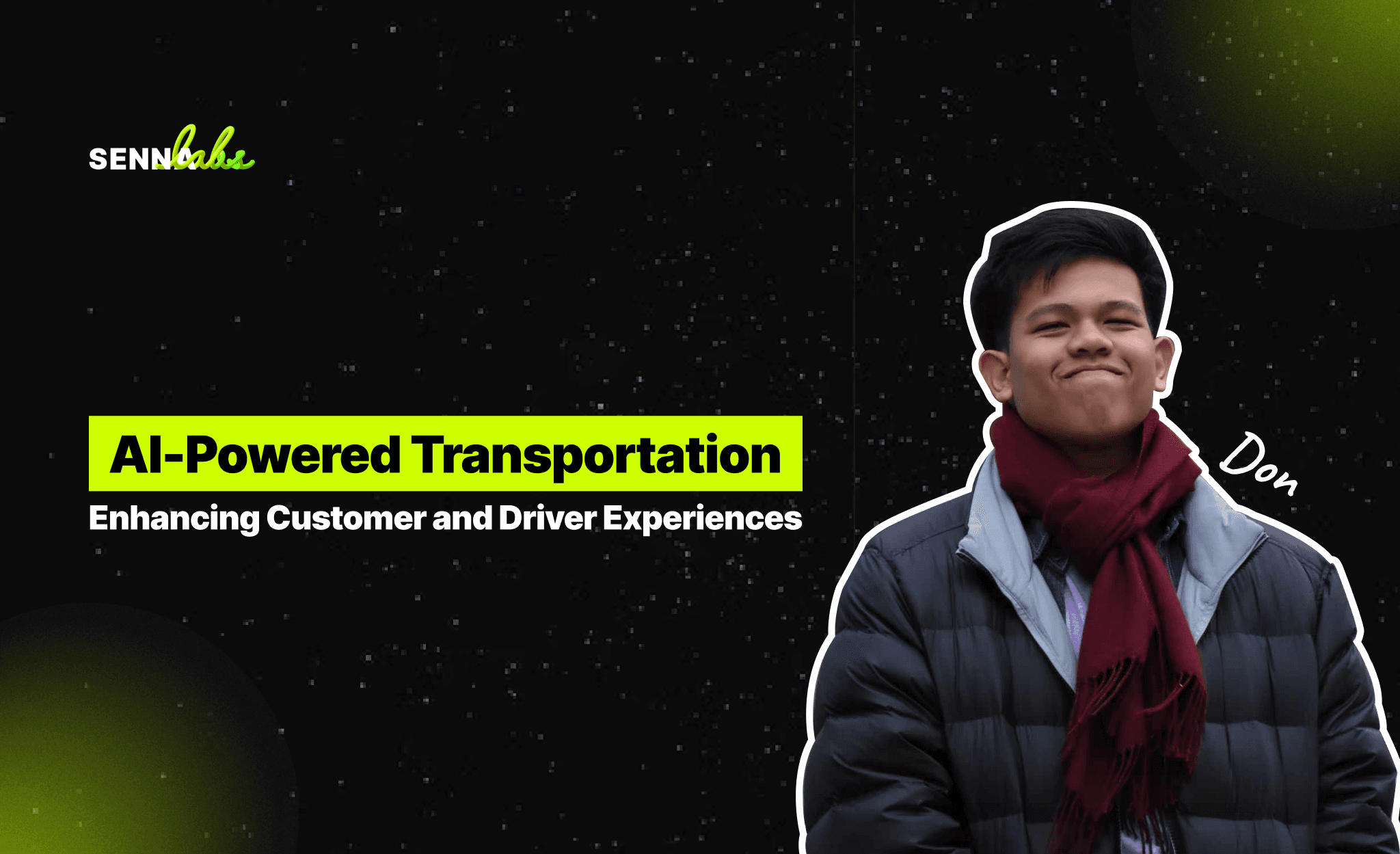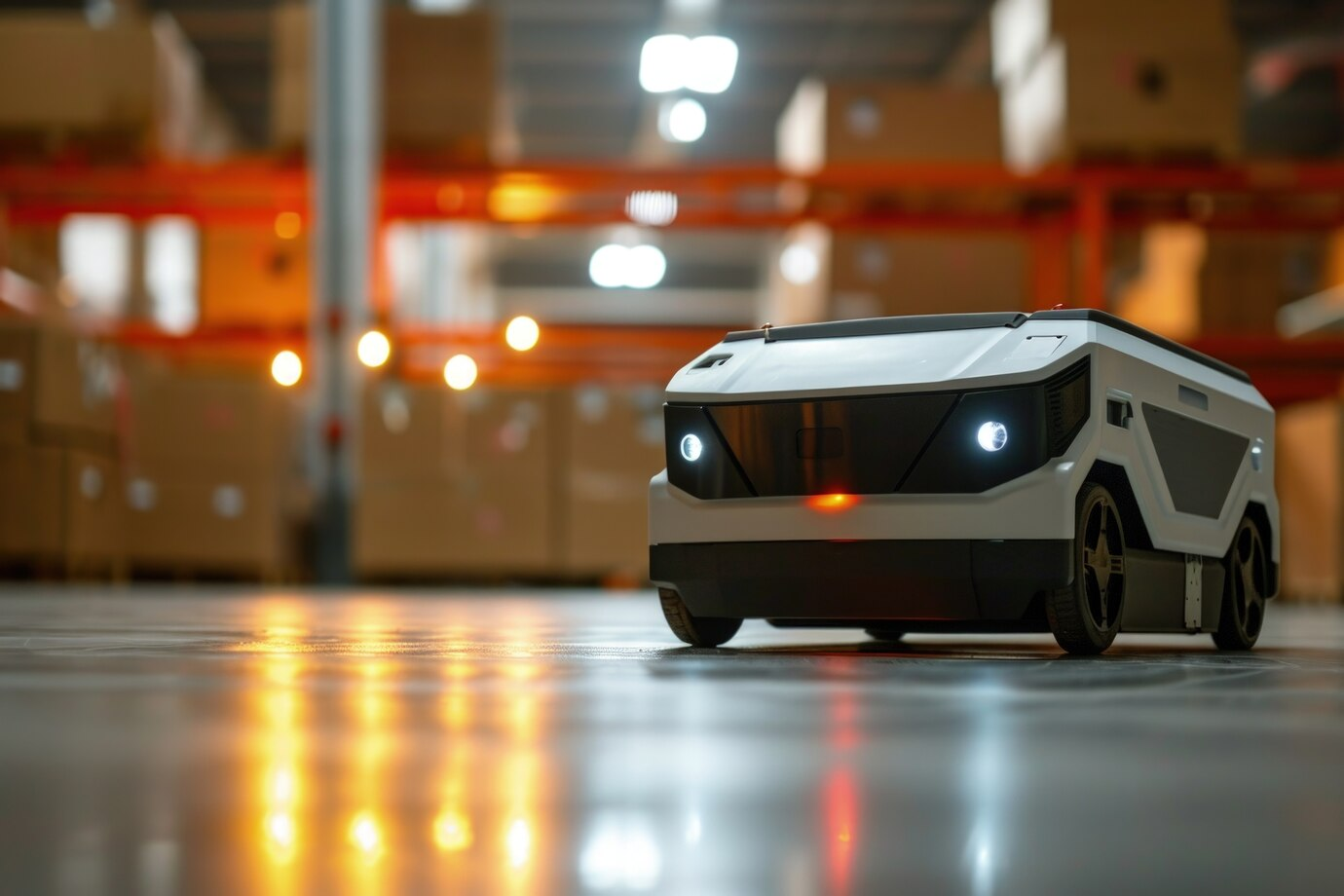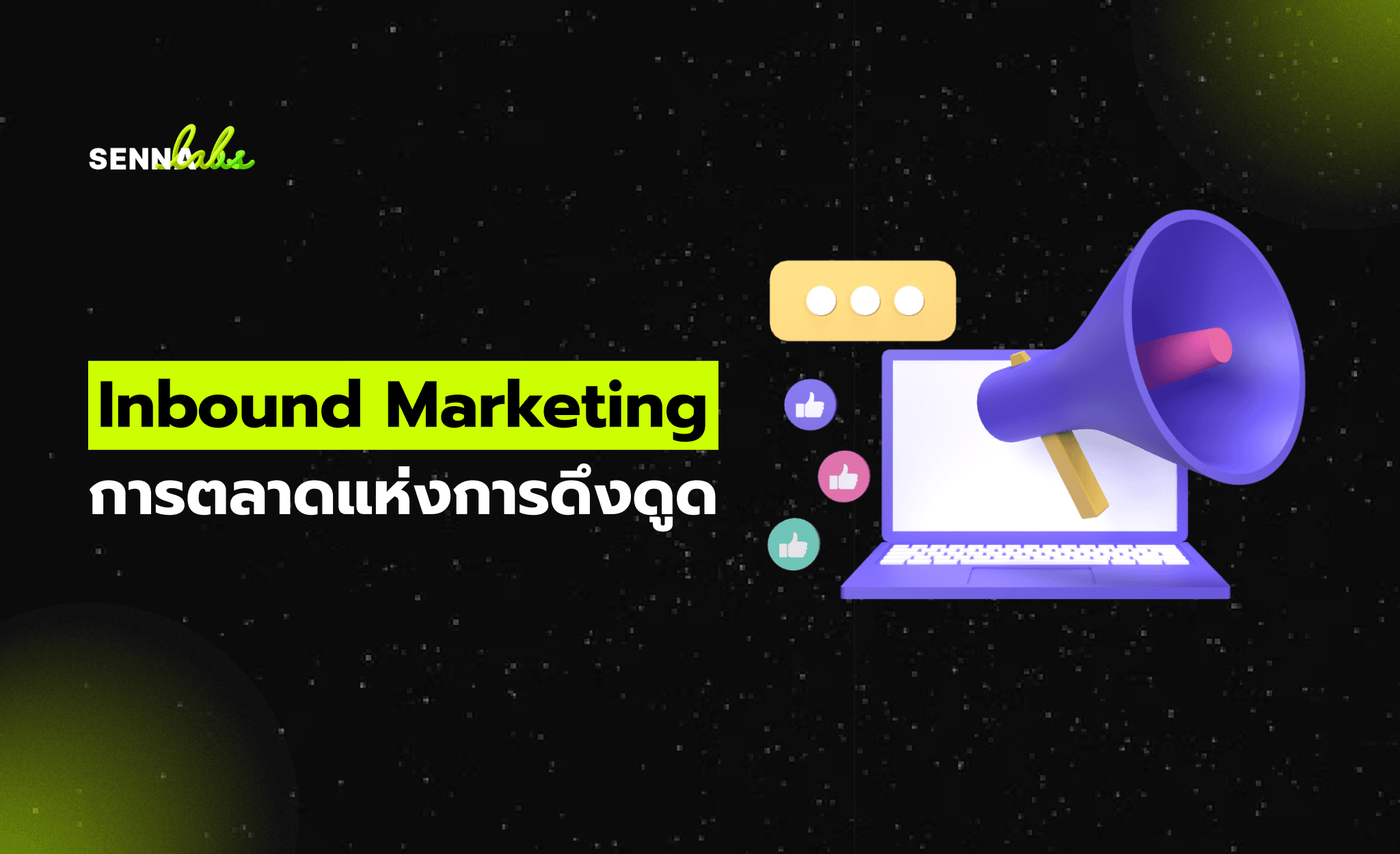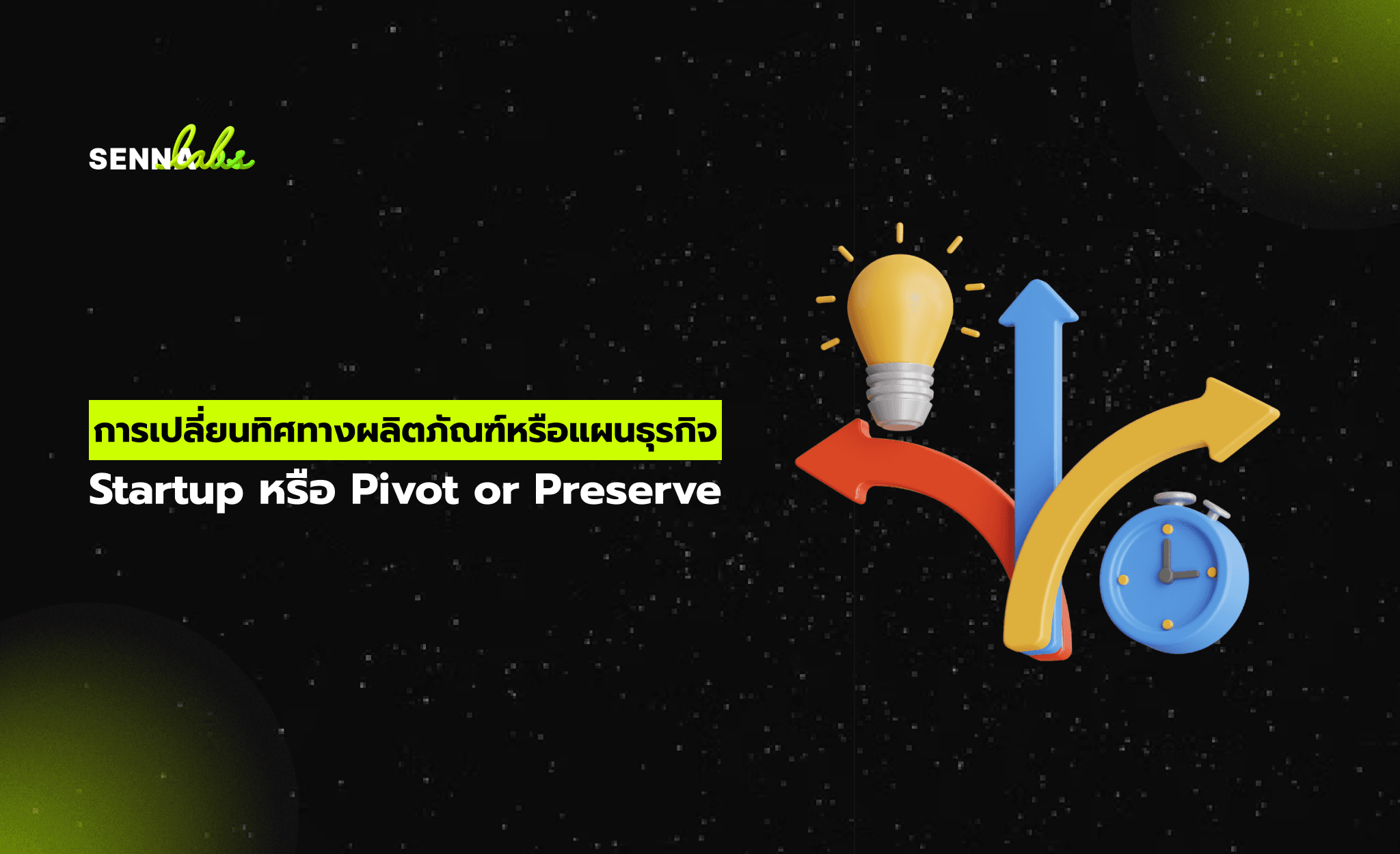AI-Powered Transportation: Enhancing Customer and Driver Experiences
Share

In the fast-paced transportation industry, technology plays a pivotal role in ensuring efficiency and customer satisfaction. Ride-hailing apps, in particular, have embraced chatbots and AI agents to streamline operations and enhance user experiences. While chatbots assist with routine tasks like booking rides, AI agents handle complex, data-driven processes like optimizing routes in real time.
This article explores the unique roles of chatbots and AI agents in transportation, focusing on their application in a ride-hailing app to improve customer service and operational efficiency.

Chatbots in Transportation: Simplifying Ride-Booking
Chatbots are a customer’s first point of contact in many ride-hailing apps. Their primary function is to handle simple queries and actions, ensuring a seamless booking process.
Key chatbot functions in transportation include:
-
Ride Booking: Chatbots guide users through booking a ride by asking basic questions like, “Where are you going?” or “What time do you need the ride?”
-
Fare Estimates: They provide instant fare estimates based on the pickup and drop-off locations.
-
Trip Details: Chatbots share driver information, vehicle details, and arrival times with customers.
For example, a customer named Alex opens a ride-hailing app and interacts with the chatbot:
-
Alex types, “I need a ride to the airport.”
-
The chatbot responds, “Sure! What’s your pickup location?” After Alex provides the details, the chatbot confirms the booking and provides the estimated fare and driver information.
Chatbots operate quickly and efficiently, ensuring customers can book rides without navigating complex menus or waiting for human assistance.
AI Agents in Transportation: Enhancing Efficiency with Real-Time Optimization
AI agents, on the other hand, handle more sophisticated tasks that require data analysis and dynamic decision-making. In transportation, AI agents focus on optimizing operations to save time, reduce costs, and improve the overall experience for customers and drivers.
Here’s how AI agents enhance ride-hailing services:
-
Route Optimization: AI agents analyze real-time traffic data, road conditions, and customer preferences to determine the fastest, most efficient routes for drivers.
-
Dynamic Pricing: They calculate fares based on demand, traffic, and time of day to balance supply and demand effectively.
-
Driver Allocation: AI agents assign the nearest and most suitable driver to each ride, minimizing wait times and fuel consumption.
-
Customer Preferences: Based on past rides, they suggest preferences such as vehicle type or favorite routes for a personalized experience.
For instance, after Alex’s ride is booked, the AI agent steps in to optimize the route. It checks live traffic data and suggests an alternate route to avoid congestion, ensuring Alex reaches the airport on time. Additionally, it factors in Alex’s past preference for quieter routes when selecting the best option.
Use Case: Chatbots and AI Agents in Action
Let’s break down how a ride-hailing app might integrate chatbots and AI agents to deliver a superior user experience:
-
Step 1: Booking with a Chatbot
-
A customer, Lisa, opens the app and requests a ride. The chatbot engages her with questions like, “Where is your destination?” and “What time do you want the ride?”
-
Lisa completes her booking, and the chatbot confirms the trip details, including the driver’s name, car type, and estimated fare.
-
Step 2: Real-Time Optimization with an AI Agent
-
Once Lisa’s booking is confirmed, the AI agent analyzes her pickup and drop-off locations, factoring in real-time traffic conditions and potential delays.
-
The AI agent assigns a nearby driver and suggests a route that avoids heavy traffic. It also recalculates the ETA dynamically, updating Lisa and the driver if conditions change during the trip.
This combination of chatbot efficiency and AI agent intelligence ensures Lisa’s experience is smooth, timely, and personalized.
Key Differences: Chatbots vs AI Agents in Transportation
-
Task Focus: Chatbots handle straightforward customer interactions, while AI agents manage complex, behind-the-scenes processes.
-
Real-Time Analysis: Chatbots operate based on static queries; AI agents leverage real-time data for decision-making.
-
Personalization: AI agents provide tailored solutions, like optimized routes, whereas chatbots focus on general assistance.
-
Automation Level: Chatbots assist users; AI agents automate dynamic processes like traffic analysis and driver allocation.
Why This Combination Works in Transportation
Integrating chatbots and AI agents in transportation creates a comprehensive system that balances efficiency and intelligence:
-
Customer Convenience: Chatbots simplify ride-booking, ensuring quick and easy interactions.
-
Operational Excellence: AI agents optimize resources and routes, improving efficiency for both drivers and customers.
-
Enhanced Satisfaction: Personalized routes and real-time updates foster better experiences, building customer loyalty.
-
Cost Savings: Efficient route planning and driver allocation reduce fuel consumption and operational costs.
Conclusion:
The combination of chatbots and AI agents is transforming the transportation industry, particularly in ride-hailing services. Chatbots provide quick, user-friendly solutions for booking rides, while AI agents optimize operations with real-time data, ensuring faster, more efficient trips.
By leveraging these technologies, transportation providers can deliver seamless, personalized experiences that meet the demands of today’s consumers. As AI continues to evolve, its role in shaping the future of transportation will expand, offering smarter, more adaptive solutions for passengers and providers alike.

Share

Keep me postedto follow product news, latest in technology, solutions, and updates
Related articles
Explore all


